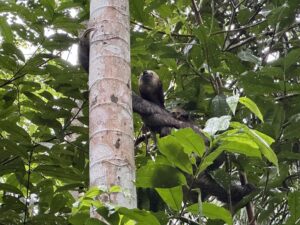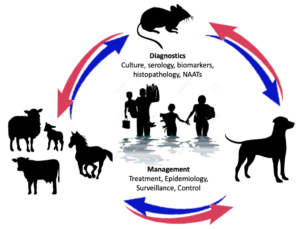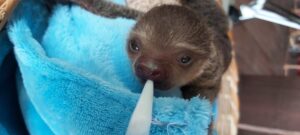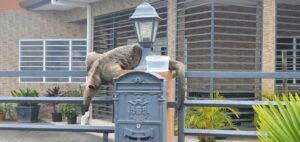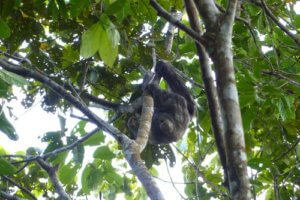The Xenarthra Program of the foundation is involved in the shelter, care, rehabilitation and release of these animals. This means that orphaned and distressed animals are adopted temporarily until they are healthy and prepared to be returned to the forest.
General Goals
- Shelter and Rehabilitation of Xenarthra
- Education and Information
- Habitat protection
Specific Goals
- Construction, maintenance and staffing of a professional shelter
- Establishment of a knowledge centre for the shelter and in situ conservation
- Continued professionalization of the care and shelter of the animals
More on Xenarthra
The Xenarthra is the order of animals that includes sloths (2 species in Suriname), armadillos (6 species in Suriname) and anteaters (3 species in Suriname).
